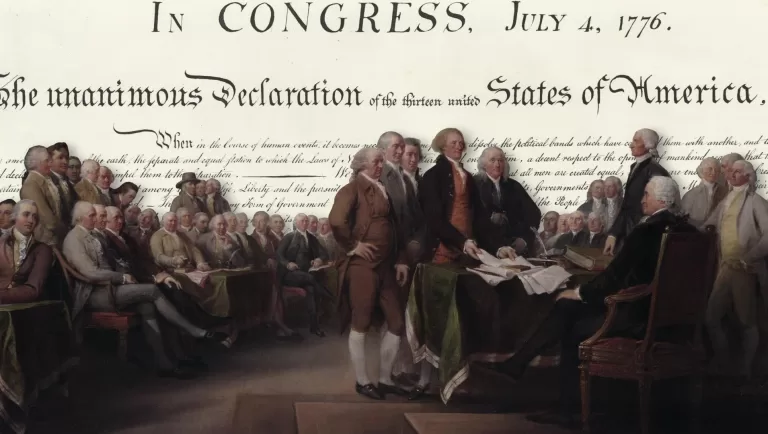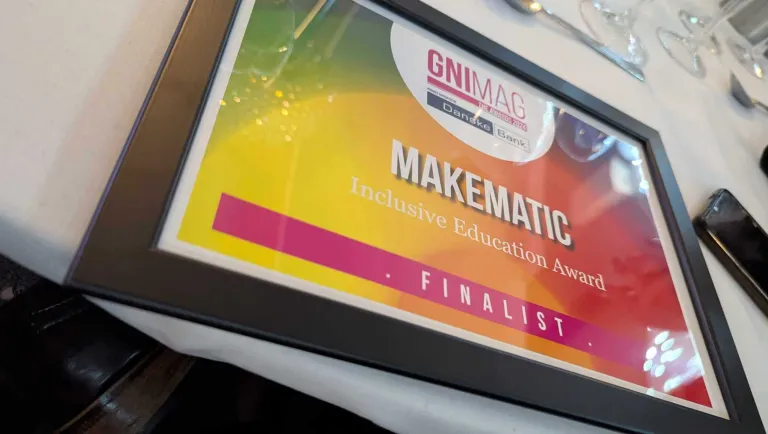
Video Content in 2019
For my final blog this year, I thought I would look at some of the astounding statistics surrounding video content for 2019. I’ve taken the information from a variety of different sources. So here goes….
Video Trends
- 81% of businesses now use video to get their message across. HubSpot
- 78% of people watch online video content each week and 55% view online videos every day. HubSpot
- 6 out of 10 Americans would rather watch online video content than television. Google
- Video consumption is rising at a global average rate of 100% each year. Insivia
- People retain 95% of a video message rather than only 10% when reading it as text. Insivia
Video Predictions
- By 2022, online video will make up 82% of all consumer traffic. Cisco
- By 2020 1 million minutes of video content will be crossing the internet every second. Cisco
- Facebook executives believe that their platform will entirely consist of video content by 2021. Facebook
The Rise And Rise Of You Tube
YouTube is king with only Google beating it in terms of popularity and use with a billion hours of video watched by its users every day. I’ve put my had into the air in the past about my regular interaction with YouTube with my 5-year-old son as an educational space. Only this weekend, YouTube again came to my aid. This time my car wing mirror had been bashed and a quick search found me a user-generated video, created by a mechanic, who step-by-step went through the process of changing a wired in wing mirror.
The amount of video content, particularly in short-form, that we have access today day in and out is exploding. This is having an effect in the way that content consumers learn and then retain information. It's safe to say that for the average under-25-year-old, short-form video is a preferred format of media consumption, as well as a key ally in the learning and retention of huge amounts of information.
Bite-sized Video Is Here To Stay
The downside to the explosion in consumer-generated video content, or video content created cheaply using downloadable animation tools and standard presentation packages, is that quality is lacking. Just as in other open content areas, there is a huge amount of noise in the video space right now. Vast amounts of video content are being created on a daily basis. And that, in turn, creates a huge amount of ‘noise’. The issue becomes – how to stand out from the crowd?
We’ve seen many businesses and organisations begin to capitalise on the opportunity that short-form video brings, creating immersive, high quality, informational and pedagogically sound shorts that are engaging and informative. When these are produced to broadcast standards the issue of ‘noise’ disappears.
In amongst all the astounding stats on how video content is changing and shaping the way we interact with media and with each other, we’re seeing how high production value, broadcast-quality, short-form video content is beginning to lead the way. Without a doubt, this is ramping up rapidly as video becomes the primary method for media output.
Brands, publishers, organisations and others are focusing on how to cut through all the noise by investing in film that engages, educates and enthralls. It’s fast becoming the preferred format for the consumption of just about any sort of content and if 2019 is anything to go by, this will only increase next year.
Let's Work together


Makematic Finalists in Inclusive Education Award

